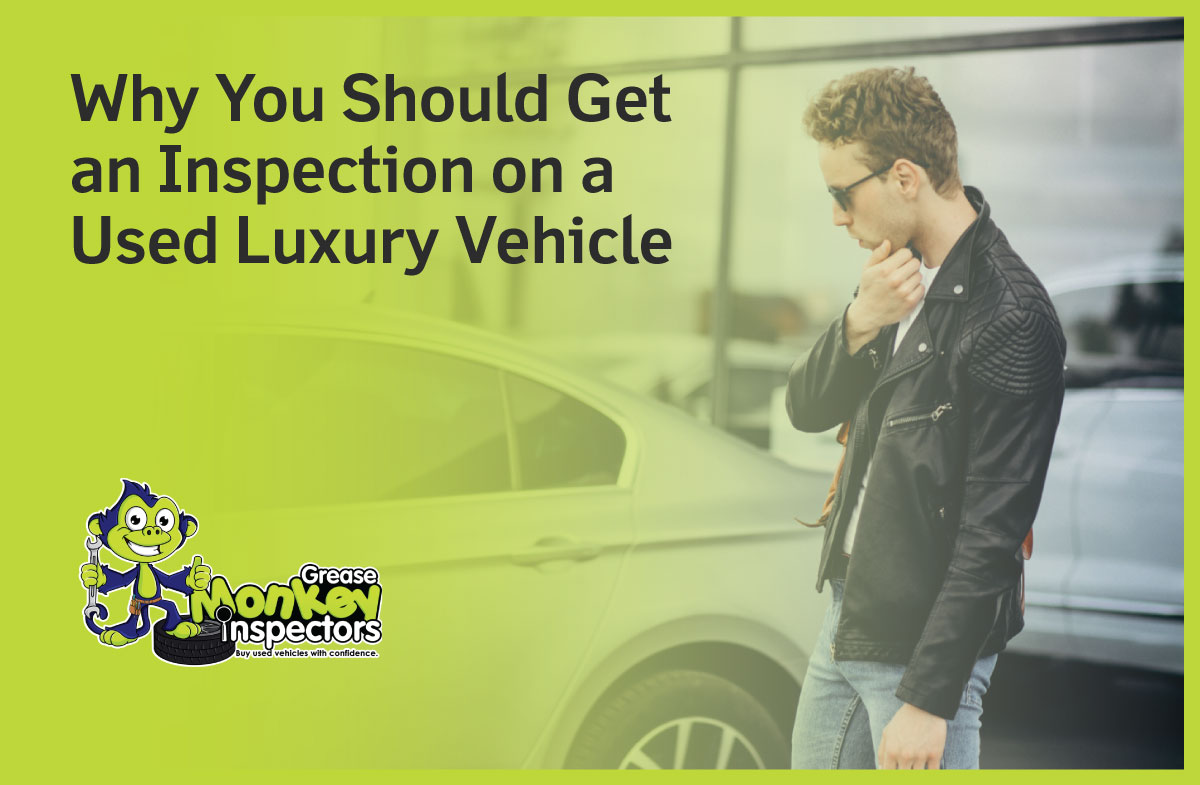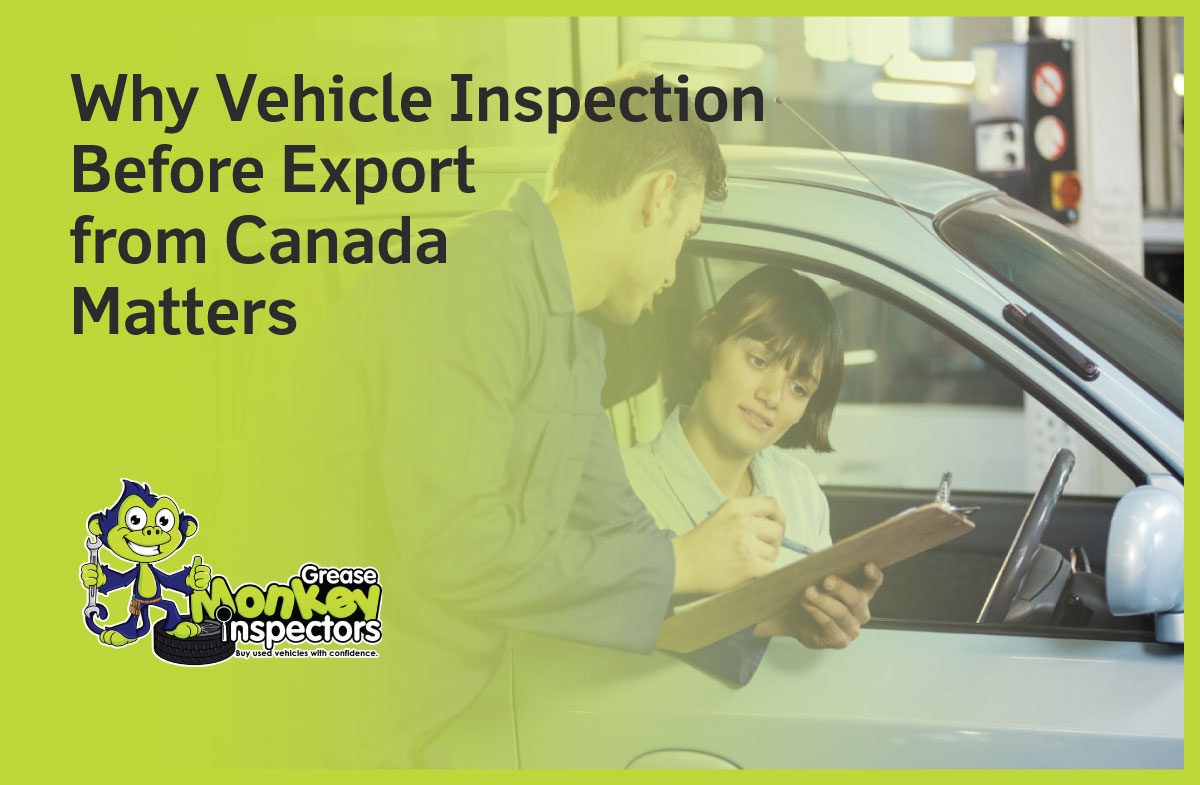Purchasing a used car can be a smart choice, but it requires careful evaluation to avoid unexpected surprises. At Greasemonkey Inspectors, we specialize in pre-purchase vehicle inspections to help you make informed decisions. A thorough inspection is essential to ensure you don’t end up with a problematic vehicle, often referred to as a “lemon.” Here are some key indicators that a used car might have hidden issues:
1. Missing Repair Records
A trustworthy seller should provide detailed maintenance and repair history for any used car. Without these records, there’s a chance the seller is withholding critical information about past issues. At Greasemonkey Inspectors, we emphasize the importance of transparency by including a detailed history report with every inspection.
2. Problems During the Test Drive
Always take a used car for a test drive before making a decision. A test drive allows you to detect potential problems. Notice any unusual engine noises, vibrations, or warning lights? These could indicate underlying mechanical issues. We recommend bringing a professional from Greasemonkey Inspectors along to help you evaluate the car during a test drive.
3. Signs of Poor Maintenance
A neglected car is more likely to have hidden issues. Inspect for dents, dings, rust, or unusual smells inside the vehicle. While minor cosmetic flaws may not be deal-breakers, they can indicate a history of poor care, which might extend to more critical aspects like the engine or suspension. Let us assist you in assessing these signs during a comprehensive inspection.
4. History of Accidents
Even if a used car looks pristine, it may have been in an accident. Accident damage can impact the vehicle’s performance and safety, even if it’s been repaired. Our pre-purchase inspections include a detailed analysis of any previous accidents to ensure you know the car’s history.
5. Reduced Performance
If you’re considering a high-performance used car, take extra caution. High-performance vehicles are often driven hard, which can lead to excessive wear and tear. At Greasemonkey Inspectors, we check for any performance-related issues to ensure the car still meets your expectations for power and handling.
6. Deals That Seem Too Good to Be True
If the price of a used car seems surprisingly low, there might be a reason. A low price could mean the seller is eager to offload a lemon. We recommend being cautious of deals that seem too good and opting for a professional inspection from Greasemonkey Inspectors to uncover any hidden flaws.
7. Inadequate Warranty
A solid warranty is essential when buying a used car. A weak or non-existent warranty might signal that the seller is not confident in the vehicle’s reliability. Don’t rush the purchase—invest in an inspection first to evaluate the car’s condition before committing. Our pre-purchase inspections help you feel secure in your decision by offering a complete overview of the vehicle’s current state.
Additional Tips for Buying a Used Car in Canada and Ontario
When searching for a used car in Canada or a used car in Ontario, it’s crucial to rely on professionals like Greasemonkey Inspectors. We bring our inspection services directly to you, providing convenience and peace of mind. Our team thoroughly examines the vehicle’s exterior, interior, and under-the-hood components, ensuring you get a full understanding of the car’s condition before making a decision.
The Importance of a Pre-Purchase Inspection
A pre-purchase inspection is more than just a precaution—it’s a smart investment. With our detailed inspections, you receive a complete history report for every vehicle, helping you avoid potential pitfalls associated with buying a used car. Greasemonkey Inspectors aims to make your car-buying experience as smooth as possible by providing transparent and reliable evaluations.
Trust Greasemonkey Inspectors for Expert Guidance
At Greasemonkey Inspectors, we specialize in pre-purchase vehicle inspections, not selling cars. This means our sole focus is to provide unbiased and professional advice. We prioritize your safety and satisfaction, ensuring you have all the information needed to make a well-informed decision. If you’re looking to buy a used car, trust our experienced team to guide you every step of the way.
Ready to take the next step? Explore our Inspection Packages and schedule an inspection today to ensure your peace of mind.










